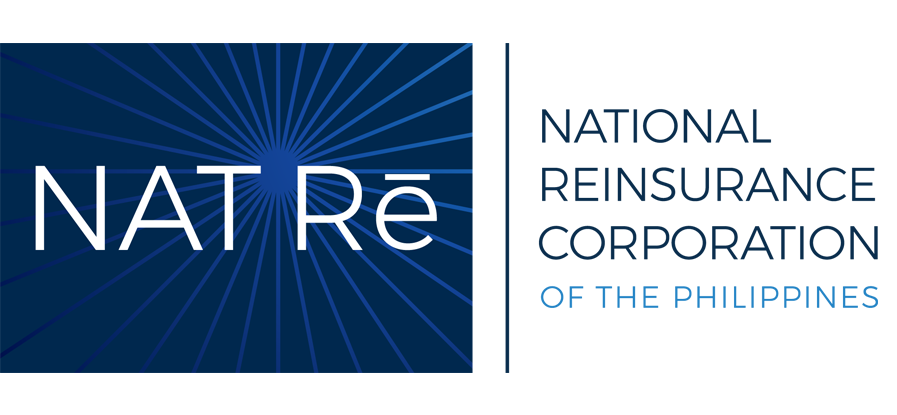The Case of PIRA and National Re (Philippines)
How can we establish more open stakeholder relationships in developing nations on the topic of disaster risk reduction, and how can insurance be of help? Indeed, insurers can influence actors to be more conscious of disaster risk and, consequently, manage and potentially transfer disaster risk effectively. It is important, in this context, to understand the underlying perceptions surrounding disaster risk.
We have talked about how the world is underinsured, but perhaps we can take a different perspective by rephrasing this problem and stating that the world is largely self-insured. Some of the discussions around insurance, data, analytics, engagement and participation ought to address—certainly in the Philippine case—the awareness of what it costs to hold risk.
As you may know, in the developing world, underwriting and analytics are not well established. Many of the solutions that emerge from forums such as this one are not particularly applicable to local capacity in developing nations. For that reason, discussions with community actors in countries like the Philippines focus perhaps on analytics for risk management rather than analytics for risk transfer.
The insurance community should talk to stakeholders—regulators, policymakers, consumers—perhaps in simpler terms, and ask: how much does it cost to hold risk personally, to be essentially self-insured? This could be governments, or families who have just moved above the poverty line.
Disaster risk reduction (DRR) finance is complicated for many actors in the Philippines. It involves a myriad of public and private entities, at the international level (aid, appeals and contingency finance) and national level (stand-alone DDR and national funds, sub-national actors and service providers), financial institutions (sovereign and catastrophe bonds, private loans), development financial institutions (public–private partnerships, microinsurance, emergency recovery loans), remittances and foreign direct investment. The Philippines catastrophe pool is only one aspect of DRR finance, in the form of a public–private partnership.
Engaging with the different stakeholders as an insurance trade body and bringing the data that is accessible to us to the table is an intricate matter. Indeed, talking about quantifying earthquake and typhoon risk, and generating a statement about what that might cost and how to transfer the risk, is a far less comfortable conversation for us to have with policymakers, legislators and regulators than simple tax reduction, because tax reduction is something they know. It’s a different kind of risk. The challenges we face with community actors have to do with the fact that stakeholders usually operate in silos and are generally not aware of risk transfer opportunities.
It is also important to understand—particularly when considering the response time to a disaster and mobilisation in the wake of an event—the nature of the interactions between the development agencies involved in DRR and policymakers or the private sector. To do so we must consider the perspective of the community actors: consumers, suppliers and regulators/policymakers.
With regard to consumers in developing nations, lower-income consumers, in particular, culture is as important as strategy. Buyers tend to be more fatalistic and less proactive in reducing disaster risk, leading them often to rebuild in the same at-risk locations as before. This requires a specific form of communication. Policymakers with less know-how are perhaps less confident to spearhead risk transfer solutions, and favour emergency response solutions that are more expensive because they understand them better. Again, this requires a particular form of interaction.
There are several ways insurers can help. Firstly, they can assume a thought leader role, engaging in joint research with stakeholders. Secondly they can take on a more active underwriting role, developing a turnkey cat pool solution for the government (which is currently on the table in the Philippines). And thirdly, they can advocate regulators to add “risk-informed” investments in insurer investment portfolios.

Boracay, Philippines, November 2013: building lies in ruins following Super Typhoon Haiyan.
This article was first published in The Geneva Association’s conference review, “Insurance as contributors to problem solving and impact reduction” from Sendai, Japan in March 2015.
